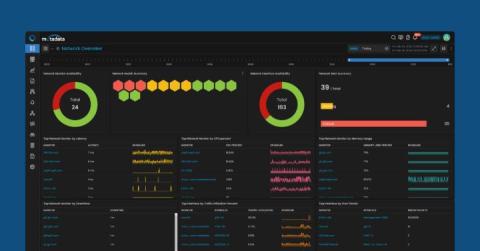How OpManager helps network admins monitor east-west and north-south traffic seamlessly
According to a report on the network traffic analysis market, the market is expected to grow significantly, reaching $6,540.61 million by 2028. This growth is projected at a CAGR of 9.38% from 2022 to 2028. Understanding these trends is vital for IT and other organizations that depend on analyzing their network traffic for improved network management and performance.











